QuestionQUESTION: Dear Ms. Burg, we have a rescue for 18 months now. She'll be 3 in Oct. Protectiveness, biting and snapping - both people and other dogs - have been prevalent from the beginning, albeit a lot better over time. My wife and I have been bitten over 25 times collectively, but again much better in the last 6 months.The protectiveness part is still prevalent, both inside and outside the house. Outside, on a leash, if somebody tries to introduce themselves, she growls, barks & could snap as well. When approaching other dogs, she'll more often than not, lunge and bark at them. Our vet saw her last week on another matter, and the behaviors came up in the discussion. She has recommended a behavior/trainer person to us who we will call. She also started her on a very low dose - 5mg - of Clomicalm. She believes, based on her practice and what other clients' results have shown, that this can help in anxiety and perhaps calming her a bit, so the 3 behaviors I described might lessen themselves. I would love your own thoughts on this. I'm not crazy about any medication, so wondering what your take is, experience, etc, on Clomicalm. Thanks very much Ms. Burg.
ANSWER: I'm not anti medications, however I feel that in this case, I would rather have her settle her issues instead of covering them up.
It's difficult to get to the bottom with her being a rescue and not fully knowing what her past was like. I'm going to suggest this to you and see how this goes.
When you go for walks and she begins to bark, lunge or whatever the case may be; use treats as a distraction. As soon as she begins to react, stand directly in front of her and gain her attention with the treat and using the command you want her to follow, such as "stay" or "sit" and follow it with "focus" and regain her attention. Don't be afraid to make a snap sound or stomp or clamp to assist in getting her attention. When the people pass and she makes no attempt at barking, then she can be rewarded.
I actually had to do this same thing with my dog. She is a rottweiler and though she is not aggressive with other dogs, as soon as she would see one come close, she would get this defensive walk and stance going. I used a treat as a distraction and she is coming along wonderfully! It helps that she is food motivator as well. And I would hold of from allowing people to introduce until she stops instantly reacting. You definitely don't want a law suit or worse because of this.
She really needs to understand that the behavior is unacceptable for inside as well. Do you crate her at all? We need to find something that can be used as quiet time. What usually triggers the behavior when inside? Is it simply getting picked up or for food or what happens? I'm not sure how much treat influence you use, but she needs to associate you and everyone and everything with positive outcomes.
Follow up with me so I can give you some more thorough advice.
---------- FOLLOW-UP ----------
QUESTION: Dear Ms. Burg, sorry for the tardiness in replying - and thank you kindly for your initial response. To address your thoughts: we don't crate her. My wife has crated her a few times after bad behavior, but I told her that's not what a crate is for. I hope I'm right ? My suggestion would be to put her in a room, close the door, give her a 10 minute time out by herself - and let her back out. Does that seem reasonable ??? Your suggestions on the walk are terrific. The only challenge is, how will she ever be able to meet other dogs on walks ? She does not care for dog parks - and when we do take her to day care, they tell me she'll meet a few dogs once she arrives - but the rest of the time, she chills out by herself. The behavior inside has improved, and I believe it might be from the Clomicalm. Not sure. The only thing she does is: when we pick her up from a comfortable spot - or try to put the leash on, from a comfortable spot - she'll growl, sometimes she'll show a mouthful of teeth - but it doesn't go beyond that. What used to happen is - she would snap, but no longer. She wants to go out when she wants to, not when my wife and I want her to. She has an amazing bladder, and has gone as long as 10 hours without needing to go out. As far as treat influence, we use it but a bit sparingly, as she's a bit heavier that our vet would like. SHe's a pure Lhasa - female, weighing in at 18 lbs. A year ago, she was 14 lbs. Look forward to your continued thoughts, and glad to see your success with your dog. Thank you Ms. Burg
AnswerI apologize for my late answer; to start at the beginning as far as the crate training goes, definitely implement that for time-outs. You're right, a crate is not used for punishment, however a time-out is perfectly okay.
The meeting other dogs will come in time after she has become more relaxed. Typically I would say to do all the socialize in the world, but with a fearful biter and the fact that she was a rescue, you need to take steps with her.
I would get a slip leash when you take her outside. She does need to realize that the world is not how she wants it. The slip leash will allow you to safely get a leash around her with the chance of getting bit. And it's okay to make her go outside, but follow it with a reward so she can associate it with something positive and just you making her go outside.
Continue with the follow-ups, this will be a situation that takes time.

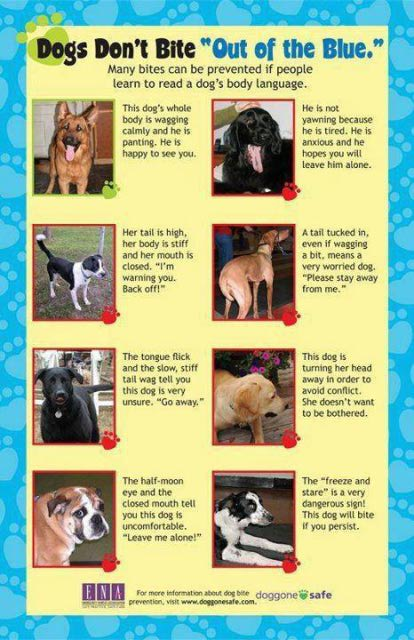 Is this aggression, dominance, or play?
QuestionQUESTION: I have a question regarding doggy beh
Is this aggression, dominance, or play?
QuestionQUESTION: I have a question regarding doggy beh
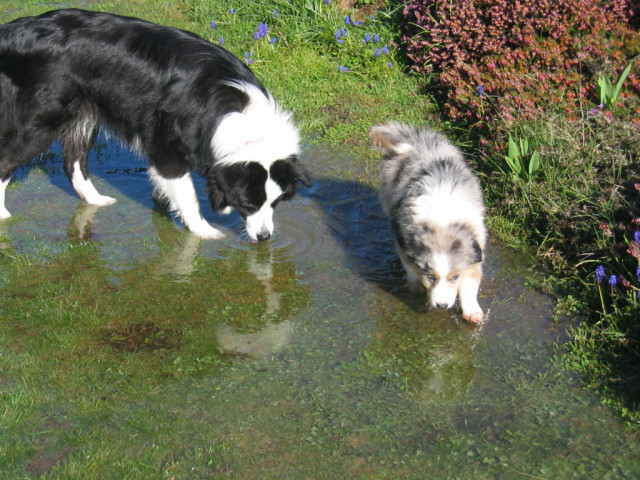 Dog in Heat?
QuestionLily and Jorge
QUESTION: Hello,
We have
Dog in Heat?
QuestionLily and Jorge
QUESTION: Hello,
We have
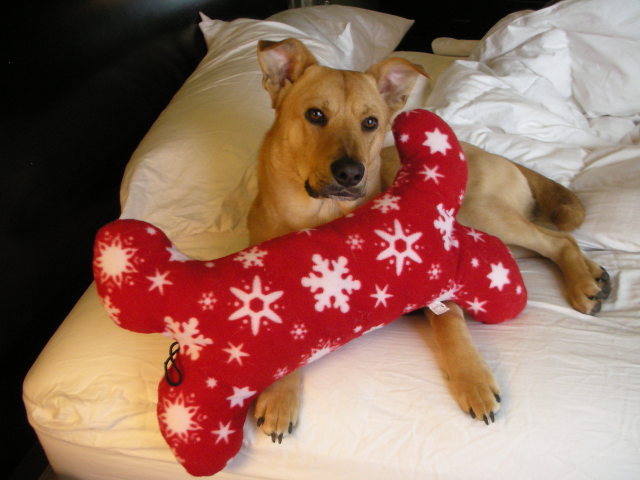 Very Scared Dog
Question
Happy
My dog is 17 months old and is a mixed b
Very Scared Dog
Question
Happy
My dog is 17 months old and is a mixed b
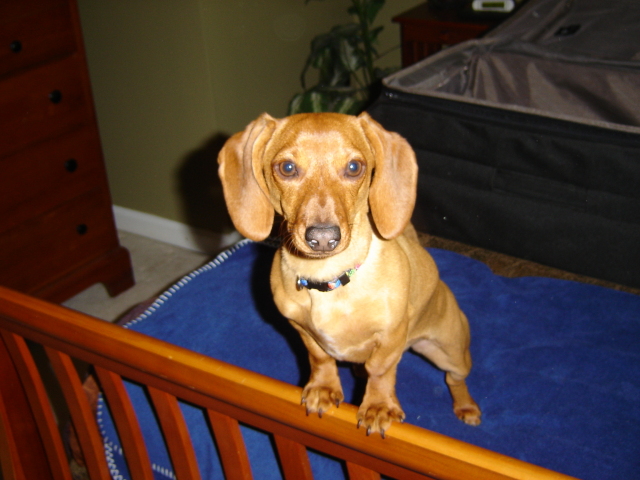 Mini Daschund with anxiety issues
QuestionAbigayle
QUESTION: I have a 3 1/2 yr old
Mini Daschund with anxiety issues
QuestionAbigayle
QUESTION: I have a 3 1/2 yr old
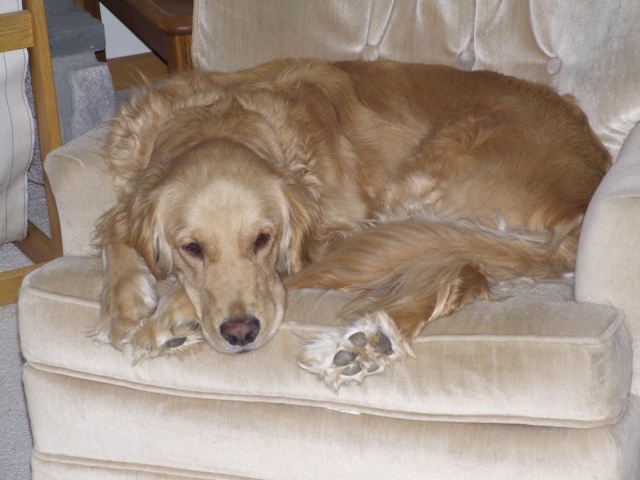 aggression in aging dog
Question
Niko
I have a thirteen year old, female, Samoy
aggression in aging dog
Question
Niko
I have a thirteen year old, female, Samoy